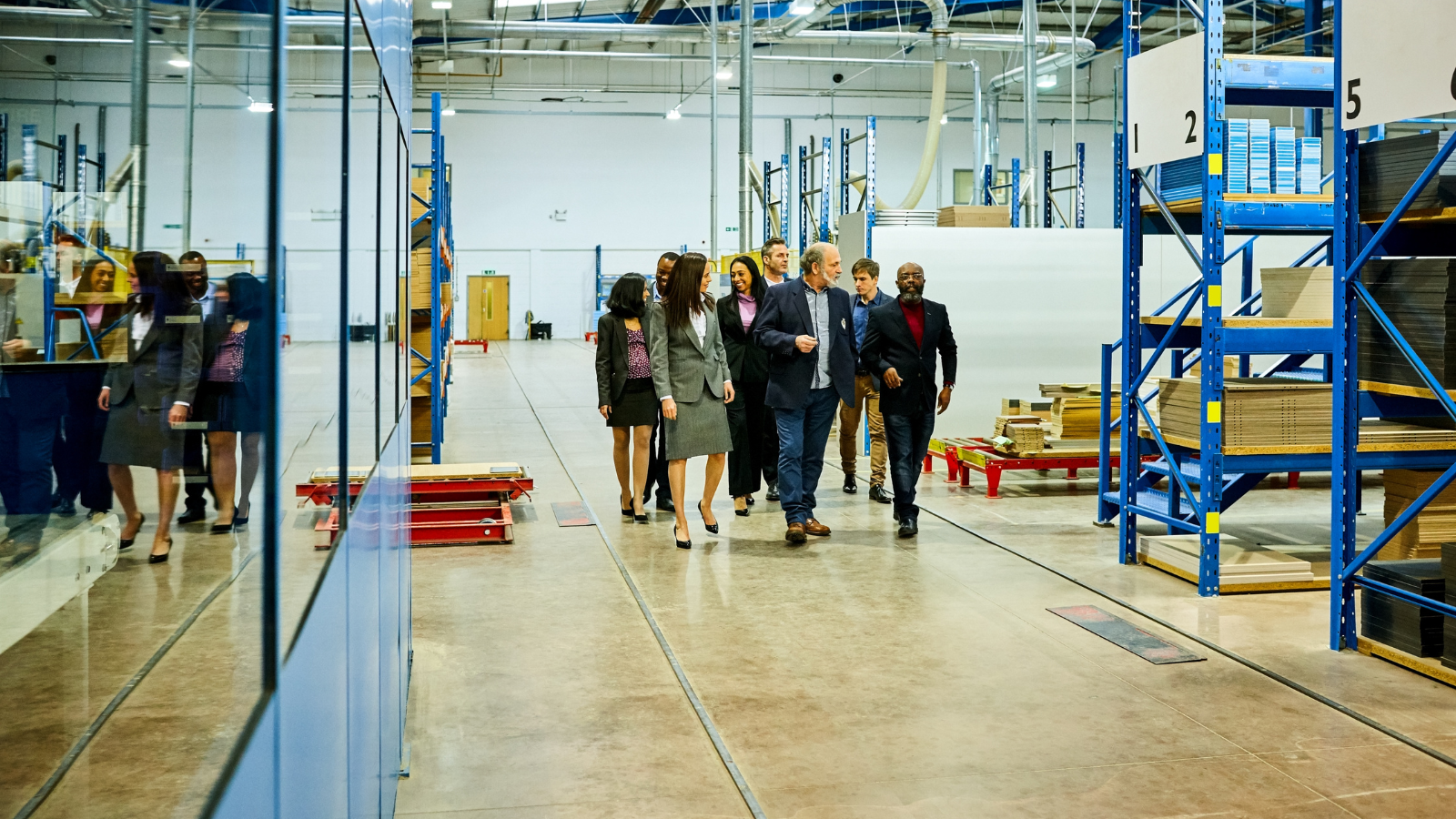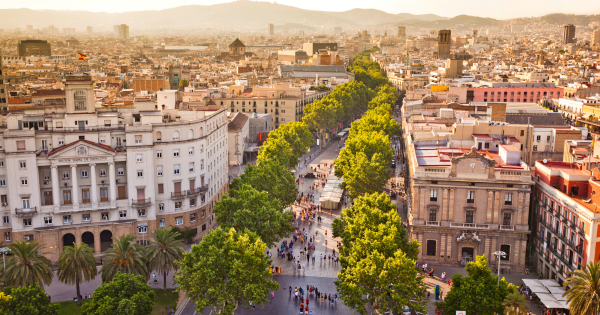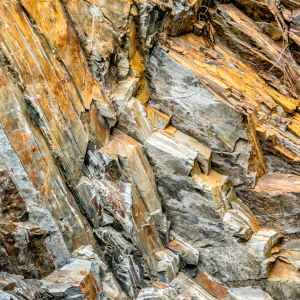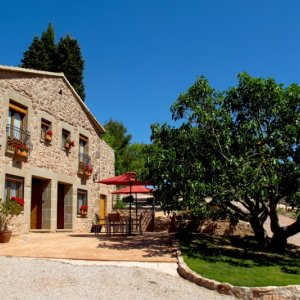In 2019, before the pandemic, Barcelona received almost 30 million tourists, record numbers that could be reached again in 2023. You can imagine the economic benefits behind these numbers, but you will also know that the excessive concentration of tourists at certain times of the year is not without impact. Although there are different lines of thought on how to manage this type of situation, many experts agree on the importance of deseasonalising and delocalising the volume of visitors, industrial tourism can be a great help in this regard. Here we talk about this booming form of leisure and give you some reasons why you should do it too.
What is industrial tourism?
The fact is that, precisely, deseasonalisation and delocalisation is one of the strong points of industrial tourism, a form of leisure with which you can include visits to the industries of a place within the tourist offer. This type of tourism is not new, and for years the agri-food industry has benefited from this practice: wine cellars, distilleries, food factories... but in recent years you can experience it in other sectors.

Barcelona, a benchmark destination for industrial tourism
It is no coincidence that Catalonia in general and Barcelona in particular is one of the leading areas in this type of tourism, as it was this autonomous community that spearheaded the Industrial Revolution in the Iberian Peninsula. This revolution not only influenced us economically, but also brought with it important social and cultural changes. 200 years later, industry continues to play a prominent role in Barcelona, both those that are still active and those that have now focused on offering tourist experiences to visitors.
Experiencias de turismo industrial en Cataluña
You don't have to go far from Barcelona to find enriching experiences in this area, such as the Salt Mountain Cultural Park in Cardona, the Museum of Technology in Manresa, the Museum of Science and Technology in Terrasa, the Ter Industrial Museum, the Güell colony in Santa Coloma de Cervelló, the Viladomiu colonies in Gironella, or the Borgonyà colony in Sant Vicenç de Torelló. Or, of course, come to the Penedès region, a benchmark in the production of wine and cava, with a very important wine tourism offer.

XATIC, the most important industrial tourism association in Catalonia
If you are looking for a reference in this field, we encourage you to take a look at the website of the Industrial Tourism Network of Catalonia (XATIC), an association created in 2006 which, in the words of its secretary, Pepi Martínez i Font, brings together some 100 visitable spaces in some 50 Catalan municipalities. Based in Terrassa, this association seeks to generate a common line of action to attract visitors in the field of industrial tourism and to promote the economic and cultural impact that this form of leisure can have.
Why you should practice industrial tourism
We have already mentioned that this form of leisure brings two great contributions to destinations: the deseasonalisation and the delocalisation of tourism. On the one hand, this type of activity can be enjoyed all year round, as, in general terms, it does not tend to depend much on the weather. On the other hand, the industries are not only concentrated in Barcelona, but can be found throughout the province and the autonomous community. Although these two are the most notable advantages, there are more.
Financial support to companies
By practicing industrial tourism you can economically boost factories or businesses in operation, either by buying a ticket to visit a certain space or carry out an activity, or by purchasing a product or service from the company itself during your visit. Along the same lines, if you have received a quality experience, it will improve your vision of that brand, with all the benefits that this entails.

Give disused industries a second chance
But this tourist format also allows you to give a second life to industries that are no longer in operation, but that still preserve their heritage and can show it to you. In this way, you can contribute to maintaining the useful life of buildings and/or spaces that might otherwise fall into ostracism and abandonment.
Learn about your ancestors' lives
If you bear in mind that many of these industries began to take shape during the revolution and that this was more than two centuries ago, visiting them today will allow you to discover how and what your ancestors lived. Thus, this form of leisure is also an excellent cultural transmitter, as it allows you to connect several eras in the same space.
With this good background and positive impact, it is understandable that industrial tourism has gained weight over the last few years, with an increasingly wider and more complete offer from the industries, and a greater interest from visitors. And Catalonia in general and the province of Barcelona in particular is, without a doubt, a great example. That is why, from this blog, we encourage you to practice this type of responsible and sustainable tourism.













